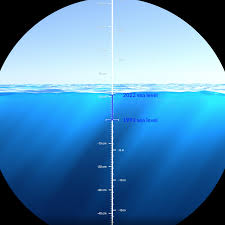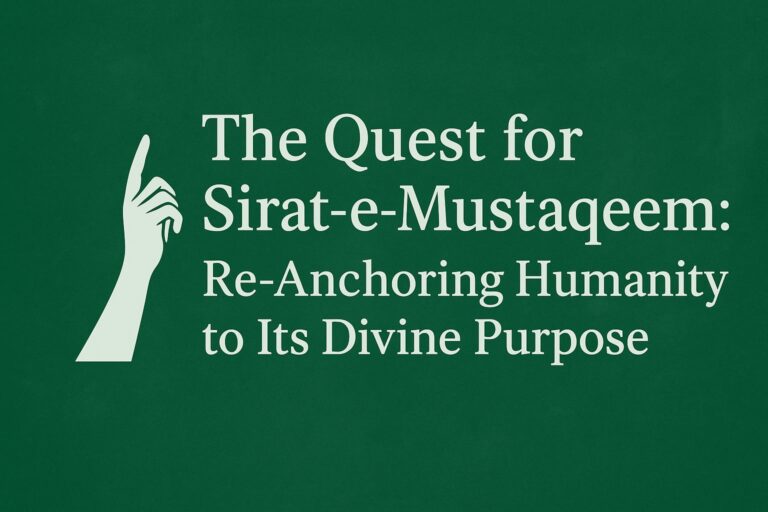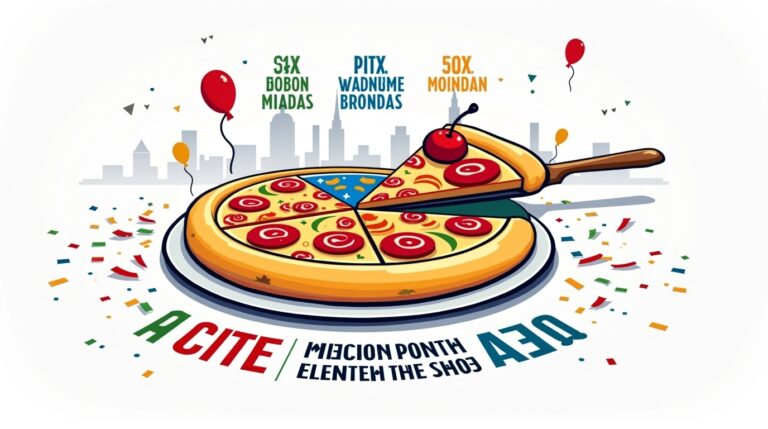Melting Ice Caps and Sea Level Rise: Understanding the Frozen Giants, Their Disappearance, and Our Shared Future
Melting Ice Caps and Sea Level Rise. If you’ve ever watched an ice cube slowly vanish in a glass of lemonade on a sweltering day, you’ve witnessed a small-scale version of a global drama unfolding at the poles. Earth’s massive ice caps and glaciers, Mother Nature’s ancient reservoirs of frozen water, are melting at an alarming rate, spilling millions of gallons into our oceans. This slow-motion thaw is stirring a cascade of changes: sea levels rise, weather patterns shift, and ecosystems tremble. But what does all this really mean for us, and what can we do to slow the melt?

Sea level rise is probably one of the biggest threats imposed on us by climate change. Sea level rise is the reason why we study glacier recession. Our current best estimates suggest that we should expect around 60 cm of sea level rise by 2100 AD. Just a small increase in sea level is enough to severely increase the damage done by storm surges. It will worsen coastal erosion, particularly in eastern England, flood low-lying areas in Britain and mean that the Thames Barrier will need to be replaced.
This small increase in sea level rise will come mainly from thermal expansion of the ocean and from contributions from small glaciers and ice caps. There is likely to be only a small contribution from the Antarctic and Greenland ice sheets over the coming century. However, the collapse of the West Antarctic Ice Sheet could rapidly increase sea levels by around three metres.
The Story of Melting Ice Caps and Rising Seas
At its core, the melting of Earth’s ice caps is a vivid warning sign of climate change’s reach. These icy giants serve as the planet’s natural water towers, storing roughly 70% of the world’s freshwater in colossal glaciers and ice sheets across Greenland, Antarctica, and mountain ranges like the Himalayas. Over millennia, layers of snow compact into dense ice, sculpting landscapes and supporting life along the way. But as human-driven global warming heats the planet, these reserves are melting—with fresh water pouring into the oceans and raising sea levels.
Think of these ice masses as savings accounts—millions of years’ worth of frozen water—being steadily drained. And as the ocean fills, coastal cities, small island nations, and even inland regions feel the squeeze.
Who’s at Risk? More Than Just Coastal Dwellers
Sure, the immediate assumption is that seaside towns and island nations are the ones in trouble—and they certainly are. Cities like Miami, New York, Mumbai, and Shanghai face repeated flooding, storm surges, and salty intrusions into freshwater aquifers. Entire countries like Kiribati and Tuvalu risk disappearing beneath the waves.
But the story doesn’t end at the shore. Inland areas aren’t immune to knock-on effects. Rising seas disrupt global food systems by flooding fertile delta farmlands and increasing the risks of climate refugees relocating inland. So, while your midwestern farm might never have ocean water lapping its fence, it’s not isolated from the consequences.
Glaciers and Sea Ice: Different Players in the Climate Game
It helps to know the difference between glaciers and sea ice, two distinct forms of frozen water often mistaken for each other:
-
Glaciers form on land from compacted snow, accumulating into massive freshwater ice bodies. When they melt, they add water to the oceans, directly raising sea levels.
-
Sea ice forms from frozen seawater, floating atop the ocean surface. Its melting doesn’t increase sea level but reduces the Earth’s reflective surface, allowing the ocean to absorb more heat, accelerating warming.
Imagine glaciers are ice cubes in your drink—melting adds more liquid. Sea ice is the frost on the glass—when it melts, your drink doesn’t overflow, but it warms faster.
Why Are Glaciers Melting?
Global temperatures are climbing, thanks largely to greenhouse gas emissions from our cars, factories, and activities. Dust and soot darken ice surfaces, absorbing heat and hastening melt. Ocean warming undermines polar glaciers from below, eating away at ice shelves and accelerating collapse.
The Ripple Effects on Sea Level and Weather
Melting glaciers contribute significantly to rising seas—about 21% of observed increases from 2000 to 2019 came from these frozen reservoirs draining into oceans. If all land ice melted, sea levels could rise by roughly 195 feet, an unimaginably high flood.
Less ice and snow also mean less sunlight is reflected back into space; instead, darker ocean and land absorb the heat, creating a dangerous feedback loop that accelerates warming.
Melting ice disrupts ocean currents and atmospheric patterns. Cold freshwater from glaciers slows down ocean circulation, potentially making parts of Europe colder while warming overall persists globally. Changes in precipitation, storm intensity, and seasonal cycles ripple across continents, flipping “normal” weather on its head.
The Broader Impacts on Life and Ecosystems

The loss of ice is causing habitat nightmares:
-
Polar bears, seals, penguins, and Arctic foxes lose breeding and hunting grounds.
-
Marine food webs falter as the algae and plankton that thrive under ice vanish.
-
Human communities face dwindling freshwater from shrinking glaciers, flooded farmlands, heavier storms, and cultural displacement—indigenous and coastal peoples bear much of this burden.
Earth’s Water Towers: The Vital Role of Glaciers
Glaciers act as natural reservoirs, slowly releasing freshwater during warm months. Rivers like the Ganges, Indus, and Yangtze owe much of their flow to this steady melt, sustaining billions. Crop irrigation, hydropower, and drinking water all hinge on this fragile balance.
Losing glaciers isn’t just a scenic loss; it means water shortages, food insecurity, and energy challenges for vast populations.
What Can We Do to Slow the Melt?
From your backyard to international summits, everywhere matters.
-
Individual actions: Reduce your carbon footprint by biking, conserving energy, eating less meat, and spreading awareness.
-
Community efforts: Support climate and resilience projects like flood barriers, rain gardens, and education campaigns.
-
Global leadership: Advocate for policies that curb emissions, invest in renewable energy, and fund adaptation efforts for vulnerable regions.
Final Thoughts: A Global Story in Every Drop
“Winter is coming,” at least according to Game of Thrones—but for Earth, winter’s ice is melting, and the rising tide is no fantasy. These vast frozen landscapes aren’t distant curiosities; they are linchpins of the global climate system. Their loss affects weather, water, food, and life itself—from polar bears prowling the Arctic to farmers in the foothills of the Himalayas.
Protecting our icy giants means protecting our future. Every small action sends a ripple through this interconnected web. So, the next time you see an ice cube melt in your drink, remember: the stakes are far greater, and every drop counts.
https://mrpo.pk/ocean-solutions/
References
-
IPCC. (2021). Climate Change 2021: The Physical Science Basis. Intergovernmental Panel on Climate Change.
-
National Snow and Ice Data Center (NSIDC). Arctic Sea Ice News & Analysis.
-
United Nations Environment Programme (UNEP). (2022). Adaptation to Climate Change in Coastal Communities.
-
Kargel, J. S., et al. (2017). Global Glacier Change: Facts and Figures.
-
U.S. Geological Survey (USGS). Glaciers and Climate Change.
-
NOAA Climate.gov. Sea Level Rise and Coastal Flooding Impacts.
This article weaves together the complex threads behind melting ice caps and sea level rise into one coherent narrative—balancing scientific clarity with relatable storytelling, all without losing sight of the urgency and hope entwined in our collective future.



